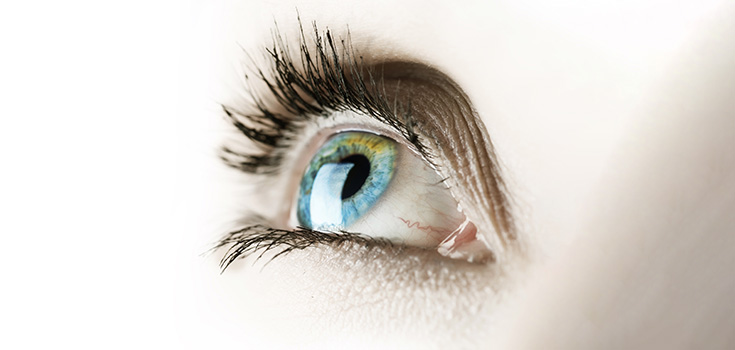Will Spare Body Parts Soon be Grown in Labs?

It sounds like science fiction, but lab-created body parts may not be too far-fetched, especially now that scientists have essentially “grown” rat kidneys in the lab. The thought of getting a man-made appendage or organ is a little troubling, but the medical field hasn’t ever let “troubling” stop their “advances”.
A conference on “rejuvenation technologies” a few years ago detailed how lab-grown body parts are just around the corner. At that time, the speakers discussed how scientist-created organs and body parts could improve medical care while reducing the need for long donor lists.
One participant in the conference, Professor Paulo Macchiarini of the Karolinska Institute in Sweden, said that he had already implanted a lab-grown windpipe into a patient who had been afflicted with throat cancer.
Another, professor Doris Taylor of Minnesota University, is said to have created a beating human heart by “stripping dead cells from a donor organ and reseeding it with live ones.”
Just this year, scientists with Massachusetts General Hospital used baby-rat cells to create functioning kidneys in a lab, in what mainstream media called “an important step toward the ultimate goal of creating human organs for people awaiting transplants.”
“The researchers have taken a technique that most in the field thought would be impossible for complex organs such as the kidney, and have painstakingly developed a method to make it work,” says Jamie Davies at the University of Edinburgh, UK. “By showing that recellularisation is feasible even for complicated organs, their work will stimulate similar approaches to the engineering of other body systems.”
The scientists are now working on duplicating the rat-experiment with human tissues and with pig tissues. As pig parts are often implanted in humans already, they say it wouldn’t be a leap to use pig cells to generate organs for humans if there is a lack of human donors.
So, what’s next? More work. There is one organ that science won’t likely be able to replicate—the brain. Fortunately, that means no real Frankenstein for now.
